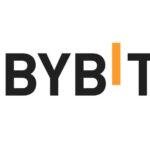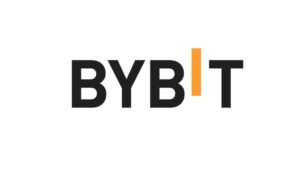Privacy has become an unavoidable concern in this era where everything is digital, and data reigns supreme. Blockchains are touted as databases of the next generation that will facilitate secure and efficient transactions between unknown parties. Nonetheless, one of the primary pillars of a blockchain’s security is the fact that anyone with access to the blockchain can view the entire history of transactions executed on the blockchain; as a result, each party has an equal opportunity to verify the accuracy of stored information. However, if all information stored on the blockchain is viewable by anyone with access, what happens when it is considered “personal information”? Here is how blockchain promotes data security and privacy.
Data Privacy In Blockchain: How does blockchain support Data Privacy?
Blockchain permits users to regain control of their data. Because it is a decentralized system, no single entity can control your data. Here are some of the methods by which Blockchain technology safeguards user privacy and data.
Decentralization and Consensus
Decentralization is the most important factor in maintaining the security of blockchain. Whereas a traditional database stores data in a single location, blockchain replicates the data and stores it in multiple locations, creating a distributed ledger. To protect the privacy of data, blockchain necessitates the adoption of non-traditional methods.
Zero-Knowledge Proof
Data privacy in a Blockchain system can be well-secured with the help of Zero Knowledge Proof. By using this method, one can convince others of the truth of a claim while keeping relevant details secret. For example, during a transaction, the prover must convince the verifier that a specified value is true and accurate. This can be done without providing any additional details and through Zero-Knowledge Proof.
Blocks and Hashing
A blockchain consists of a string or chain of blocks. Each of these blocks includes three distinct components: the data or information, the block’s hash, and the hash of the previous block in a chain. The information in the block is encoded and has a unique identifier. This identifier is referred to as a Hash. Each block in the chain is responsible for storing the hash of the preceding block. This contributes to the Blockchain system‘s effectiveness and security.
Proof of Work
To slow down the rate at which new blocks are generated, the blockchain employs a mechanism or technique known as proof of work. This means that if someone were to alter the information in even a single block, it would necessitate recalculating the Proof-of-Work for every block that followed it. As a result, it is more challenging for an individual to manipulate a block. Together, hashing mechanisms and proof-of-work techniques keep the blockchain’s data secure and help prevent fraudulent activity.
Conclusion
Blockchain ensures both the security and privacy of data despite the decentralized and transparent nature of the technology. Data privacy in blockchain offers solutions to problems with managing data, particularly those related to security, privacy, and authenticity.




























